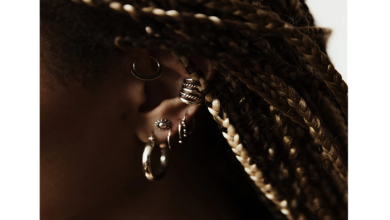
When it comes to entertaining children, face painting is a popular choice at parties and events. Ensuring that the face paint used is safe and suitable for young skin is of utmost importance. Parents and organisers alike must be vigilant about the products they choose, considering potential allergies and skin sensitivities.
Understanding the ingredients in face paints can help in choosing a product that is both safe and high-quality. Many face paints are specifically formulated to be gentle on children’s skin, but it is essential to verify that the products adhere to safety standards.
Key Ingredients to Look For
When selecting face paints, look for those made with FDA-approved ingredients. These products are usually free from harmful chemicals such as parabens, phthalates, and lead. Natural and hypoallergenic ingredients are preferable to minimise the risk of skin irritation or allergic reactions.
Some manufacturers include aloe vera and chamomile in their formulations to provide a soothing effect on the skin. These ingredients are particularly beneficial for children with sensitive skin or conditions like eczema.
Avoiding Toxic Components
One essential aspect of choosing face paint is avoiding toxic components. Ingredients such as formaldehyde, toluene, and heavy metals like lead and nickel should be avoided as they can cause significant health issues if absorbed through the skin.
Face paints labelled as “non-toxic” and “suitable for sensitive skin” are generally safer choices. Certification from reputable bodies can provide additional assurance of safety standards being met.
Professional vs. DIY Face Paint
While DIY options may seem cost-effective, they often do not meet the safety standards required for childrens face painting for parties. Professional face paints are rigorously tested and are more likely to comply with safety regulations.
Hiring a professional service, such as Creative Faces, ensures that high-quality, safe products are used. These experts are trained to handle potential allergic reactions and customise their offerings based on individual needs.
Patch Testing for Safety
Before applying face paint on children, a patch test is recommended to ensure there is no allergic reaction. Apply a small amount of paint to the inner arm and wait for 24 hours to check for any adverse reactions such as redness, itching, or swelling.
Patch testing is a simple and effective way to prevent discomfort and ensure a fun, worry-free experience for everyone involved.
Post-Painting Care
After the face painting session, it is vital to remove the paint gently yet thoroughly. Use mild soap and water or specially formulated face paint remover to cleanse the skin. Avoid scrubbing, which can cause irritation, especially on sensitive skin.
Moisturising the skin after cleaning is also recommended to maintain skin hydration and prevent dryness.
Importance of Professional Standards
Professionals in the face painting industry adhere to strict hygiene practices, including using clean brushes and sponges for each new child. This not only prevents cross-contamination but also ensures the colours remain vibrant and true for each application.
Choosing a provider that adheres to these standards is a crucial step in ensuring a safe and enjoyable experience.
Conclusion
Choosing safe and skin-friendly face paint for children requires careful consideration of the ingredients and the provider’s professionalism. Parents and organisers should opt for products with natural, non-toxic ingredients, and consider professional services like Creative Faces to guarantee safety and enjoyment. With proper precautions and informed choices, face painting can be a joyful and memorable activity for children at any event.




